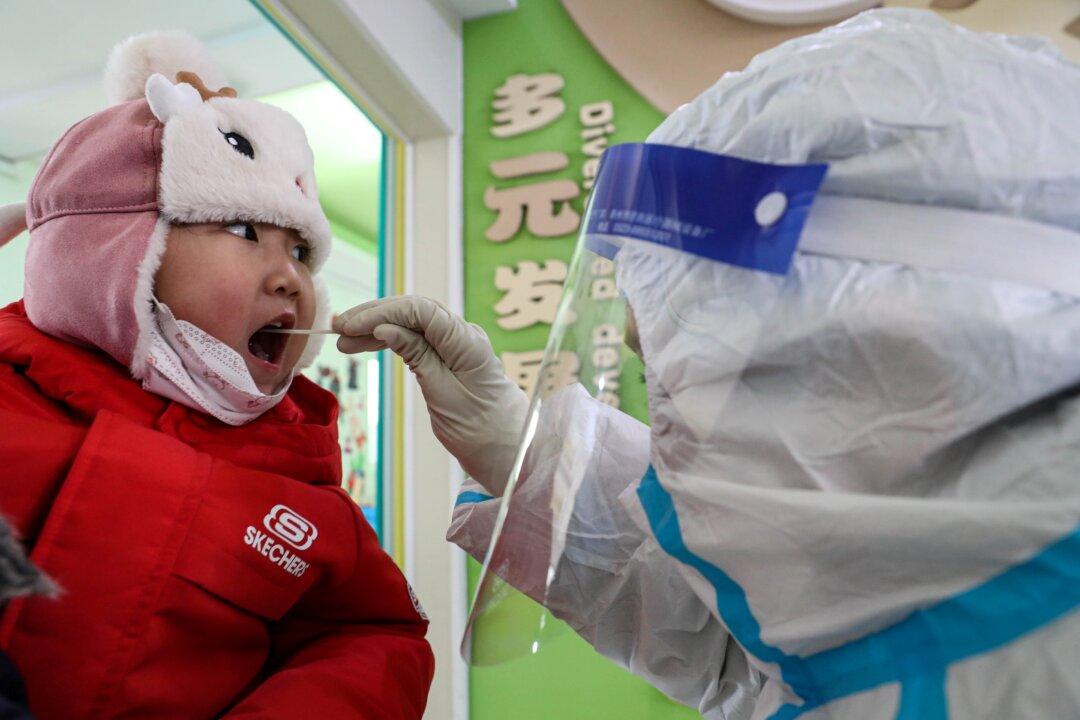The Chinese cities of Beijing and Dalian announced more restrictions as authorities struggle to contain a burgeoning CCP virus outbreak.
Beijing banned all passenger vehicles from going to regions that were designated “medium” and “high” risk for virus spread.





